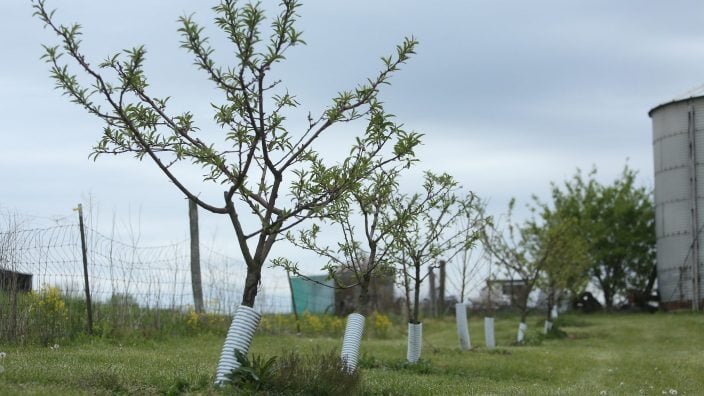Farmer’s Guide to Trucking Regulations available to Ohio Farm Bureau members
The guide includes a farm driver checklist, overview of state and federal regulations and exemptions, CDL qualifications and more.
Read More
Growing fruit trees has appealed to experienced and novice farmers alike for generations, but establishing a backyard orchard takes time and patience. Knowing how to get started can be a challenge. Below are a few tips to help you learn the tricks of growing your own fresh fruit that is ripe for the picking:
Getting started:
Purchasing a tree:
Where to plant:
Tree care:
Fruit maturity:
Tree fruits reach maturity at different times depending on variety and climate, so monitor the fruits’ color for harvest readiness. The fruits’ undercolor or ground color also can be a good indicator. Watch for the green color to change to a little yellow green then to the respective ripe fruit’s normal skin color.
These tips are from the Ohio State Extension publication “Midwest Home Fruit Production Guide,” and were previously published in Our Ohio magazine. View the original story.
If you enjoyed this article, consider becoming a Farm Bureau member or Our Ohio Supporter and you’ll receive ongoing access to information about your local food community, including seasonal recipes. Membership includes a free subscription to Our Ohio magazine. Learn more about other exclusive member benefits.


The guide includes a farm driver checklist, overview of state and federal regulations and exemptions, CDL qualifications and more.
Read More


Ohio Farm Bureau provides opportunities, platforms and resources to help you develop your voice in the industry and give farmers a seat at the table with leaders and legislators.
Read More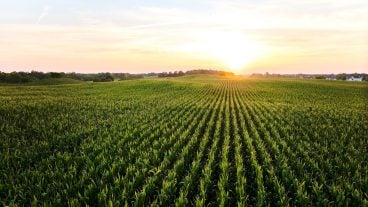
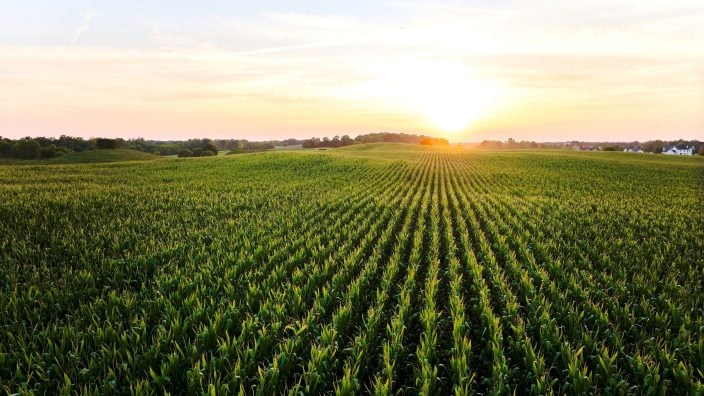
The emergency fuel waiver to allow the sale of summer gasoline blends containing 15% ethanol will lengthen the period during which Americans can continue buying E15 from June 1 to Sept. 15.
Read More

The Small-Scale Food Business Guide covers federal and state regulations for selling food products such as raw meat, dairy, eggs, baked goods, cottage foods, fruits and vegetables, honey and more.
Read More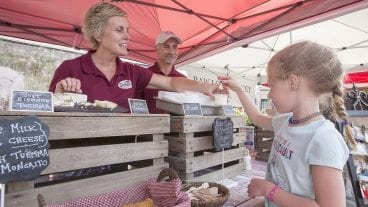
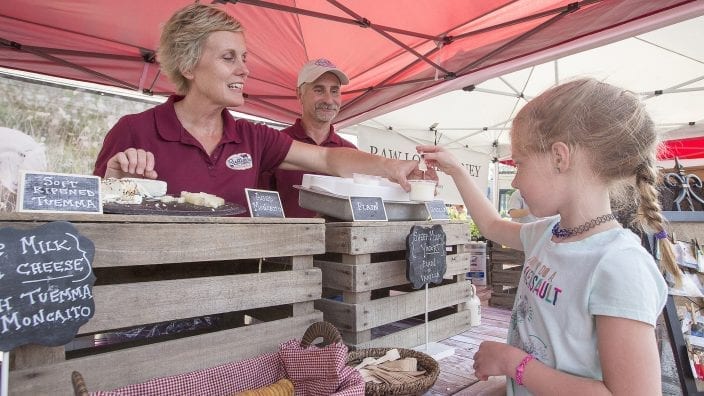
New resources and technology are broadening the different types of sales tools and strategies available to farmers.
Read More

ODA will enroll 500,000 acres into the program for a two-week sign-up period, beginning April 22, 2024, through May 6, 2024. Contact local SWCD offices to apply.
Read More

Katie Share of Columbus has been named ExploreAg and Youth Development Specialist for Ohio Farm Bureau.
Read More

Mary Klopfenstein of Delphos has been named Young Ag Professional and Ag Literacy Program Specialist for Ohio Farm Bureau.
Read More

The plan has been updated to give sole proprietors access to more rate stability and a smart solution that offers potential savings on health care.
Read More

The American Farm Bureau Federation, in partnership with Farm Credit, is seeking entrepreneurs to apply online by June 15 for the 2025 Farm Bureau Ag Innovation Challenge.
Read More